In the United States, most students graduating from high school don’t know what compound interest is before they sign up for a credit card. But in Singapore, Japan, and Finland, students have a better understanding of foundational mathematical concepts as they enter young adulthood. All three of these high-performing countries have one thing in common: They mandate that schools dedicate at least an hour every day to math instruction. Not surprisingly, their students also crush international rankings.
Meanwhile, on the National Assessment of Educational Progress (NAEP), U.S. students are still performing below pre-pandemic expectations. Only 39% of 4th-grade students are scoring at or above NAEP proficient levels, while just 28% of 8th-grade students are scoring at or above NAEP proficiency. But, as the Center on Reinventing Public Education (CRPE) highlights in their 2025 State of the American Student Report, this isn’t just a pandemic problem. After steady improvement over two decades, U.S. math performance peaked in 2013. Since then, scores have declined and are now in freefall for the lowest-performing students.
Through interviews with practitioners and students, as well as reviews of national assessment data and recent reforms, CRPE identifies a few possible reasons for this steep decline: Standards and accountability are weakening, research-backed strategies are not reaching the classroom, and the qualified supply of teachers is eroding. The “math problem” is complex, however, and likely has many root causes.
Another such cause might be the fact that U.S. schools don’t spend enough time on math instruction. Data from this year shows that many American school districts don’t specify a set amount of time per school day dedicated to math. While some students may be required to do 60 minutes of math instruction per day, others may receive no more than 35 or 40 minutes per day. How are we supposed to have a vibrant economy if our students are spending less time learning math each day than it takes to watch a single episode of Law & Order?
To develop a genuine understanding of mathematical concepts, students must build mathematical proficiency, which has four essential parts: conceptual understanding, procedural fluency, real-world problem-solving, and productive dispositions. Conceptual understanding is about how and why math “works,” such as, for example, knowing why multiplication is more efficient than repeated addition. Procedural fluency is the ability to perform math procedures with speed, accuracy, efficiency, and flexibility, and knowing, for example, that 10×2 equals the same amount as 2×10 and 2x5x2. Connecting math to students’ lives is called real-world problem-solving: children need to learn how to use math to solve problems that matter to them. Real-world problem-solving could come in the form of something fun, like performing simple division to figure out how to share a bag of chocolates among friends.
When we deliberately show students that math is relevant, useful, and worth studying, we are helping them to develop productive dispositions. Research is clear that no one part of mathematical proficiency carries more importance than the others, but students need to have ample opportunity and time to develop all four parts of math proficiency regularly.
Simply giving students the time to build mathematical proficiency isn’t enough, though, and establishing 60 minutes of daily math instructional time is just the first step. We must also ensure that educators possess the knowledge and resources they need to use a 60-minute math block to improve student math outcomes.
To achieve this goal, states can support the adoption and use of high-quality instructional materials (HQIM) that develop all four areas of mathematical proficiency in grade-level-appropriate math knowledge and skills. When students have access to HQIM, they are more likely to:
- Construct and ask mathematical questions and engage in mathematical discussions with peers
- Use mathematical modeling to make sense of real-world problems with appropriate tools, such as base-ten blocks, pattern blocks, rulers, algebra tiles, and technology-based tools when appropriate
- Know when to be precise and when to estimate
- Recognize mathematical patterns and draw mathematical connections
- Persevere to gain mathematical understanding, even when the content is challenging.
We must help students raise their levels of mathematical proficiency for the sake of our country’s future. Math is a core life skill for everyone, not just for engineers or accountants. It’s for working Americans trying to understand why they will or won’t get a refund on their taxes, for parents calculating how many additional cups of milk are needed for a recipe after their kids invite friends over, and for young students using statistics to prove why their favorite sports team is the best one out there. Every single one of those scenarios is made better by sharper math skills.
States and schools can keep cramming math into short, disconnected chunks and continue to hinder students from receiving the best possible education, or we can give math the time and respect it deserves, just like our top-performing peers around the world.
Sixty minutes a day. Every day. It’s time to stop treating math like an optional side dish and start making it the main course. America’s students—while they are in school and long after they graduate—deserve nothing less.




